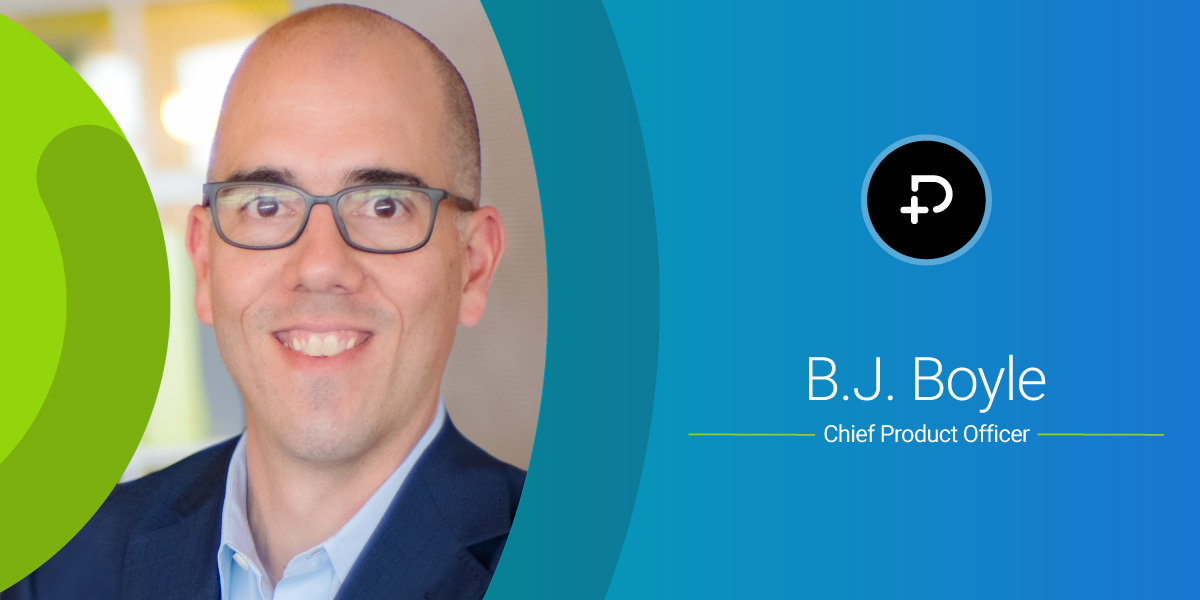
Why Customer Feedback is the Key to Success
 4 min
4 min
Building a great product – whether it be a brand-new innovation or a small but meaningful enhancement – is truly a team sport.
Within the four walls of any software company, there are many moving parts that influence what gets developed and how it gets built, as well as how it gets tested, trained, marketed, and sold. Each part is critically important and contributes equally to achieving the company’s mission. Some roles or jobs may get a little more attention, and some jobs may fly a little under the radar, but all the jobs/roles/people are fundamental to the end result – which is delivering on the value promise to our end users and customers. It is difficult to sustain any kind of success without delivering true, meaningful, and measurable value.
In all product management, it’s mission critical to get in front of the right users and customers to truly understand what is most impactful – but this is especially the case in healthcare technology. As healthcare becomes increasingly complex, it can be challenging to truly understand the customer’s workflow and the specific problems you’re looking to solve. To ensure that people remain at the center of care, boots-on-the-ground insights will be critical for guiding your product development and advancement success.
Why Active Feedback is Critical
I can think of several examples throughout my career in healthcare where direct feedback helped me improve my team’s solution. The first example that comes to mind is our latest round of UI updates to our product set at PointClickCare. To gather early sentiment on these updates, we surveyed our customer base and received over 4,500 comments that gave us insights into how our new UI was being received. We quickly learned that our new UI was more accessible to people with color blindness —as we’d hoped —and that our new colors felt calming, refreshing, and clean to our customers. We also heard plenty about what could be better, and what people missed from the previous version. The team took all the feedback – both positive and constructive – and is continuing to improve our experience as a result.
Having all this direct feedback early on allowed us to keep the customer at the center while creating the best possible product. Another example occurred early on in my career. I was working on a product that was a point-of-care kiosk for skilled nursing facilities, that encouraged nurses to document the care they provided. One day, I visited one of our sites and learned from the IT team that the screens on this kiosk were taking a few seconds to load – approximately two or three seconds, rather than instantly. While this didn’t seem like a big deal to the IT team, we found that this lag was doubling the time it took the nursing staff to document their care notes. The IT team wasn’t our main user who we were delivering value to – the nursing staff was – and by doubling their time we certainly weren’t putting them at the center of what we were doing. The last thing we want in healthcare is to create a disruption in a provider or patient’s day – even if just for a second – which made this insight incredibly helpful.
How to Get Boots on the Ground
One of the unique challenges about building solutions across healthcare is the wide variety of user roles that we serve – from direct care staff, administration, and Back Office to Regional and Executive team members. They all have unique needs and perspectives, and these are all very important.
The first step toward receiving regular, active feedback on your solution is to get on site and engage with users as often as possible. At PointClickCare, for example, with every new product or feature we bring to market, we let our early adopter customers get their hands on it first. This way, we can test early and leverage their feedback to create better iterations of the solution, sooner.
Every product team should be tasked with two things in this phase —to really listen, and to distill everything they’re hearing from users and buyers down into meaningful insights that drive value. It can sometimes be the case that product managers already have an answer to a problem in their head that they’re seeking validation on from users. It’ll be crucial for them to quiet that voice, embrace contradiction, and look for data to drive the right decisions and choices. Lastly, it’s also important to capture feedback at a broader, executive level, which is where advisory boards come in. At PointClickCare, we have a client advisory board, CIO advisory board and other market based advisory boards. We meet with these groups both formally and informally at various times throughout the year, and they provide fantastic insight as to what is moving the need for their organizations, industry trends, and more.
The Key to Success
As healthcare continues to evolve, getting live, active feedback from clients, other advisory boards, and prospective clients is even more crucial for the success of a new health tech product. The goal should always be to leverage technology to solve problems in a truly meaningful way, and keeping people at the center of care via consistent feedback will be key. Delivering value is a team sport – and customer feedback is key to the success of that team!
September 1, 2023






